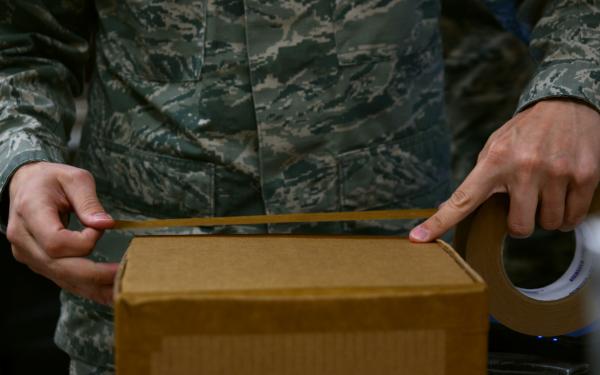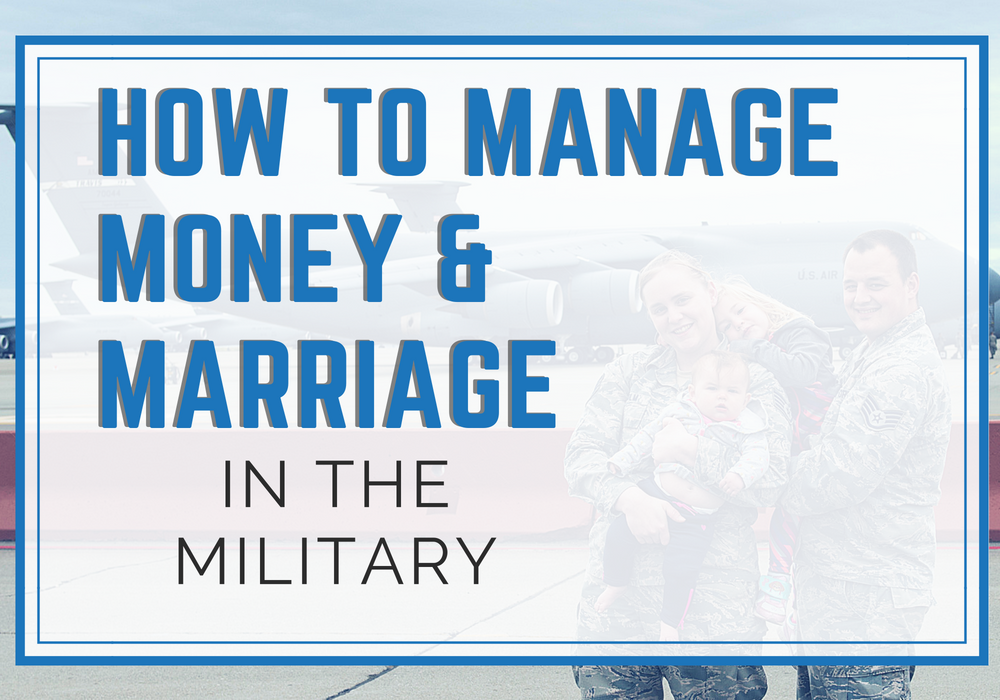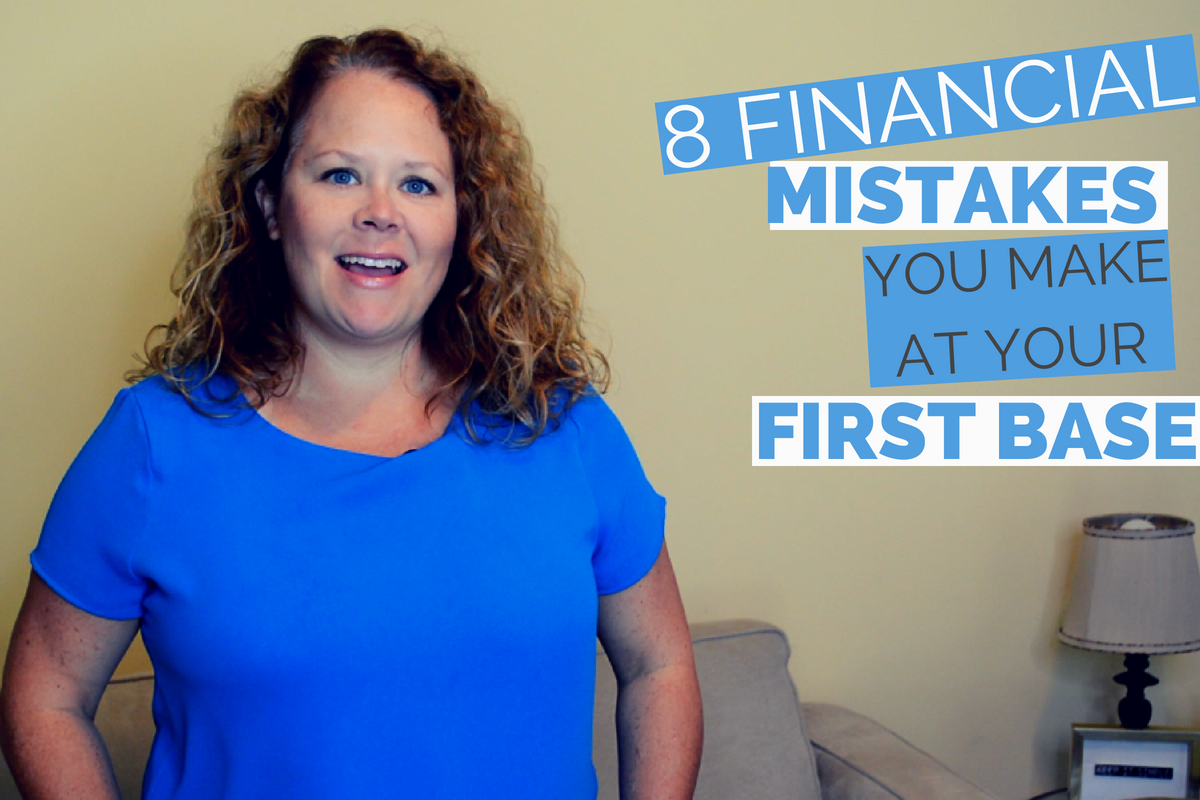
There are two types of people in the military—those who move themselves and those who don’t. It’s a decision the military community faces every PCS season—to DITY or not. Now the choice to make money on PPM is a little easier with an increase in the amount of money you can make.
A Personally Procured Move (PPM)—formerly known as a Do-It-Yourself or DITY Move—is a Department of Defense program to pay service members to move their household goods. Service members are reimbursed 100% of the government’s estimated costs for moving their belongings to their next duty station.
What is a Personally Procured Move (PPM) or a DITY Move?
As mentioned, a PPM is a Personally Procured Move and is the new name for a DITY Move or Do-It-Yourself Move. They’re both referring to a DoD moving option where you pay the upfront costs to move your household goods to your next location and then are reimbursed by the government. So they’re the same thing, just a new name and acronym to know. If you say DITY, people will know what you’re talking about, but in case there’s a test, know the new term is PPM. And that when the government pays a moving company to move you, it’s known as a Household Goods Move (HHG).
What is a Partial PPM?
A partial PPM is a combination of an HHG move and a PPM. Partial PPMs are when a moving company takes most of your household goods, and you take some and move them from your old duty station to your new one. Not everyone wants to do a full PPM, so a partial PPM is a great way to still earn extra cash without the level of work involved in a full PPM.
We always did a partial DITY when we PCSd. We had a list of items we always PCSd with because you never know what will happen once you arrive. Your household goods could be delayed, or your housing could take longer to secure. We moved some of our clothing, essential kitchen items, and valuables, to our next duty station. If you have small children, you’re already planning to pack toys, a pack-n-play, strollers, and anything you need to keep your kids from screaming during the move. Even though it’s not a full move, you’re still taking a large amount of your stuff and getting it to the next place. So, make sure that weight gets counted!
Why do a DITY or PPM?
What are the advantages of doing a PPM? The quick answer is, you can make money and do it your way. In the second half of 2020—as a response to the COVID pandemic—the DoD temporarily updated it’s policy to up the PPM payment incentive to pay 100% of the estimated cost the government would pay a moving company to move your goods. Beginning January 1, 2021, the 100% payout is permanent. Before this amendment, the DoD’s policy was only 95% of the estimated costs to move you. That’s an extra 5%!
When you do a PPM, if you spend less than the government’s estimated costs of the move, you get to keep the difference. For example, if your PCS is estimated to cost $10K and you elect for a PPM but only spend $7K to move, you get to keep the $3K difference. So you can make a good chunk of change on a move if you keep your expenses low.
Money is one perk to a PPM but also the ability to do it your way. If you’ve got one PCS under your belt—you know—hired packers and movers don’t always give your household items the level on TLC you do. Like the time our packers dumped all of our neatly organized nuts and bolts into a box and then threw in some razor blades to make our unpacking experience more exciting. Some of us aren’t crazy about strangers handling our delicates and things that are sentimental to us, either. Because of that, many prefer to pack and move their own stuff to take care of it your way.
How to Do a PPM or a DITY Move
A PCS usually starts with a set of orders to move. Once you have the orders and know when and where you’re going, it’s time to plan out your PPM. Here’s how to do a PPM for your next PCS.
Decide on Full or Partial PPM – You have the choice to do a full PPM or a partial PPM. It’s best to decide first if you’re up for doing the entire move by yourself before you start.
Look at Your Budget – Your budget is a major factor in deciding to do a full or partial PPM because you have to pay for all of your moving expenses upfront with a PPM. You don’t want the costs of a PPM to impact your ability to pay your bills. So make sure to have a game plan for how you will pay the moving expenses. In some cases, you might be eligible to receive a pay advance for your moving costs. If you decide to take an advance, just remember, you’ll be paying that back later.
More on budgeting: How to Build a Budget
Talk to a Transportation Expert – Winging your PPM or making decisions based on what you’ve heard other people do is the worst way to do a PPM. Talk to your installation Personal Property Office (PPO) to get the facts about PPMs and what you’re qualified for before you start making plans and spending money.
Get Approval – You need approval from your PPO to do a PPM so be sure to get it before you do anything. It would be a shame to complete a move and not get reimbursed for it.
Create a PPM File – You’ll need a hub of information for your PPM and a folder, or a travel filing box is a great place to keep your PPM approval, receipts, weight tickets, and any other important information about your move. You’ll need your receipts and weight tickets to submit your PPM claim so you DO NOT want to lose them. Keep your folder in a place you’ll remember during the PCS.
Weigh and Move – Once you have approval and your plan, it’s time to move. You have to weigh your vehicle empty and full and provide the weight receipts on your claim to get paid. So you don’t want to skip the weight station. I can’t stress enough. You’re gonna wanna hang on to those weight tickets. Once you’re weighed empty and full, it’s ROAD TRIP time!
Get Paid – When it’s all said and done, you submit all of the required information to claim reimbursement for your PPM. You’ll have 45 days after you move to file for your reimbursement.
More on PCSing: How to Scout Out Your PCS
How to Make Money on a PPM?
Before you fully commit to doing a full PPM move, you need to do a little research. First, you want to estimate how much you’ll potentially make off your move. You can do that by using the PPM estimator found here.
How much you get paid for your move depends on rank, the number of dependents, household good weight, move date, and the distance.
PPM Estimator
For example, in this estimation, an E6 would make between $9,927-$9,647 based on going from Ft. Bragg to Ft. Irwin, with dependents, and 11,000 pounds of household goods.

This estimated amount is not all profit! The estimated total is what you’d receive to complete the entire move yourself. You need to deduct your estimated expenses for the move to see if you might make a profit. There’s an incentive to keep your costs as low as possible with a do-it-yourself move. When your costs are lower, there’s a greater potential for a profit. Here you can find a list of DFAS’ authorized expenses.
Once you get estimates for your household goods—the most significant expense— you can determine if you can do it cheaper (and better) than having the military move you. You’ve got to figure out if the juice is worth the squeeze. Are all the costs, work, and coordination worth the amount of money you will receive from the DoD for the move?
More on DFAS: What is DFAS?
PPM Frequently Asked Questions
Here are some of the commonly asked questions when it comes to DITY and PPMs. Knowing the answers now, can save you money and heartache later.
Is Your PPM Money Taxable?
Yes, the profit you make off of a PPM is taxable. The difference between the government’s estimated moving costs and the expenses you incurred to move—the profit—is taxable.
How Long Does it Take to Get Paid?
If you’ve been in the military any length of time, you will know the saying, “hurry up and wait.” Most would agree that statement applies to receiving payment too. There’s no cut and dry answer for this. It can take days, or it can take months. Plan accordingly. Don’t allow your credit score to drop because you can’t afford to make a payment on your credit card that you charged your PCS expenses. Further, the Government Travel Credit Card (GTCC) gives you a narrow window to pay it off, even if DFAS hasn’t yet paid you for your move. Being late on your GTCC payment can cause a lot of problems for you and your career.
How to Save Money on a PPM?
What Happens If My PPM Costs More Than Planned?
Be aware of your estimated costs. If the amount you spend on a PPM is more than the amount the government estimated for the move, you will not be reimbursed for the excess spending. That will come out of your pocket.
What Documents Do I Need to Submit for Reimbursement?
You can find a list of the documents required for reimbursement and a checklist at move.mil. Get the reimbursement checklist.
Here’s the Bottom Line
PCSing is stressful. No matter how hard you try to be organized and prepared, it’s just the military world’s way. Whether you do an HHG or PPM, there will be factors out of your control. But with a PPM, there’s an upside, if you keep your costs low, you can make money. And with the extra cash, you’ll have the opportunity to set yourself up for success by paying off debt, investing in your Thrift Savings Plan, or saving for emergencies.
Want to learn more about personal finance in the military? Check out and subscribe to the latest episodes of the Military Money Show below. You can also follow me on Twitter @FinanceLacey or on YouTube.
If you want to “kickstart” your finances in the military, you can get access to my free Financial Kickstart Kit here.




